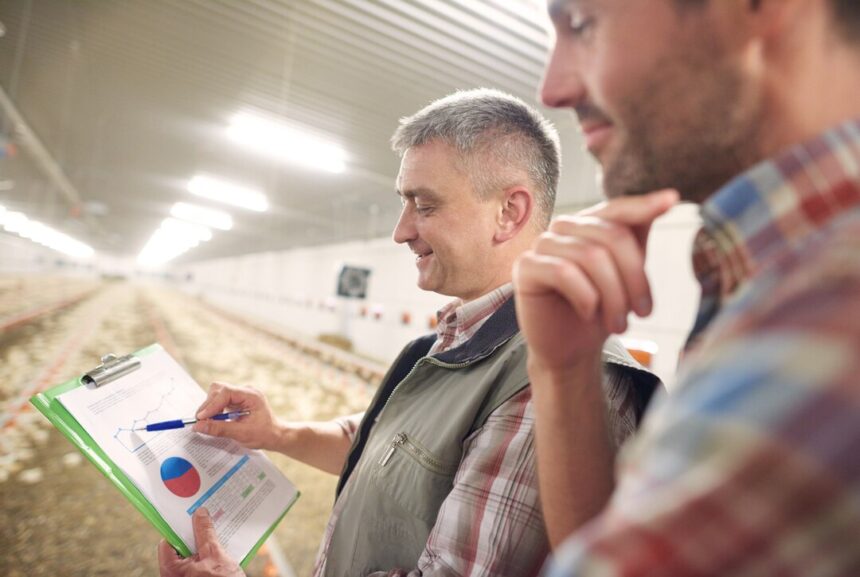Farm budgeting is a vital component for the success of any agricultural venture. A well-prepared budget helps farmers plan their resources, anticipate challenges, and maximize profitability. However, many South African farmers struggle with budgeting due to common pitfalls that can lead to financial stress. Below are 10 common mistakes in farm budgeting and tips on how to avoid them.
1. Failing to Separate Personal and Business Finances
Many farmers merge personal and farm-related expenses, which creates confusion and hampers financial clarity.
- Solution: Open separate bank accounts for personal and farm transactions. This makes it easier to track farm performance and avoid mismanagement of funds.
2. Underestimating Input Costs
Farmers often underestimate the cost of seeds, fertilizers, pesticides, and other essential inputs, leading to budget shortfalls.
- Solution: Obtain accurate cost estimates from suppliers before planting season and factor in potential price increases.
3. Ignoring Market Trends
Not accounting for market fluctuations can result in losses when crop prices drop or input costs rise unexpectedly.
- Solution: Research market trends and consult with agricultural experts to better anticipate price changes.
4. Overestimating Yields
Overly optimistic yield projections can create unrealistic revenue expectations, leaving farmers unprepared for a bad season.
- Solution: Base yield estimates on historical data, soil conditions, and weather forecasts to create realistic projections.
5. Neglecting to Include Hidden Costs
Costs such as equipment repairs, transportation, and labor are often overlooked, disrupting the budget mid-season.
- Solution: Create a comprehensive list of all possible expenses and include a contingency fund to cover unexpected costs.
6. Failing to Monitor Cash Flow
Cash flow mismanagement can leave farmers unable to meet immediate financial obligations, like paying workers or buying supplies.
- Solution: Develop a monthly cash flow plan to track income and expenses, ensuring sufficient funds are available when needed.
7. Not Accounting for Loan Repayments
Ignoring loan repayment schedules in the budget can lead to debt accumulation and strained finances.
- Solution: Include all loan repayments in the budget and explore refinancing options if repayment terms become burdensome.
8. Overlooking Depreciation Costs
Farm machinery and equipment wear out over time, but many farmers fail to budget for replacement or maintenance.
- Solution: Calculate annual depreciation costs and include them in the budget to ensure funds are available for future replacements.
9. Failure to Diversify Income Sources
Relying on a single crop or livestock type can be risky, especially in the face of droughts, diseases, or market volatility.
- Solution: Diversify your farm operations by introducing new crops, livestock, or agritourism ventures to spread risk.
10. Inadequate Record-Keeping
Poor record-keeping leads to inaccurate budgets and makes it difficult to assess the farm’s financial health.
- Solution: Use accounting software or hire a professional to maintain detailed records of all financial transactions.
Farm budgeting is more than just numbers—it’s about making informed decisions that secure the long-term success of your agricultural business. By avoiding these common mistakes, South African farmers can ensure their farms remain sustainable and profitable. Start by addressing one issue at a time and build a strong financial foundation for your farming enterprise.
Join 'Farmers Mag' WhatsApp Channel
Get the latest Farming news and tips delivered straight to your WhatsApp
CLICK HERE TO JOIN






